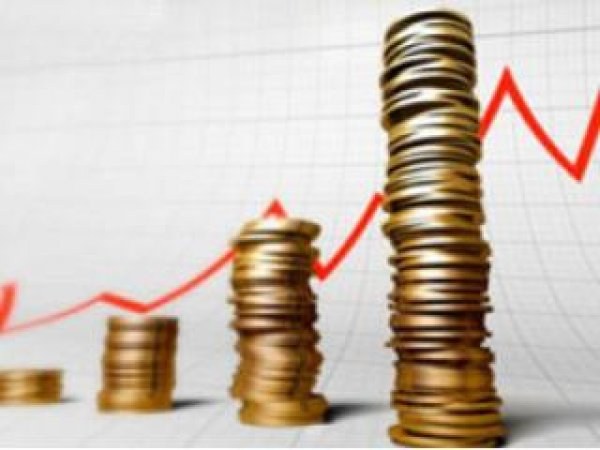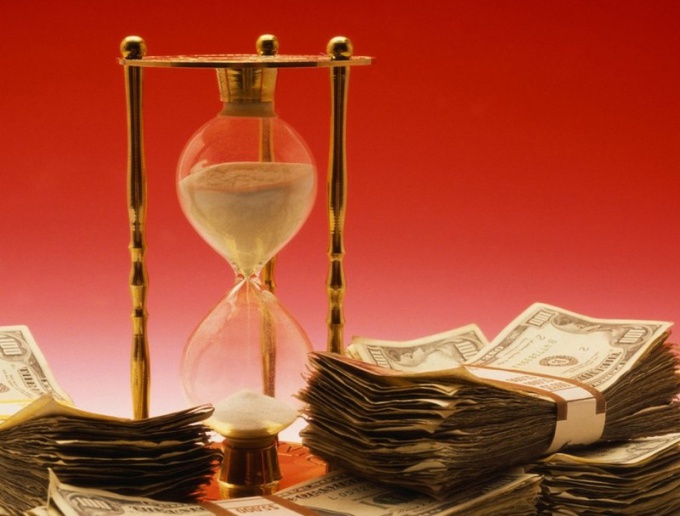Tip 1: What is galloping inflation
Tip 1: What is galloping inflation
Inflation or higher prices for goods and services can be classified for various reasons. Based on the rate of price growth, creeping, galloping and hyperinflation are distinguished.

The concept of galloping inflation
Today there is no unambiguous definitiongalloping inflation. Some experts mean under it a spasmodic increase in prices, others - inflation with growth rates of not less than 10-20%. And there is not a single point of view among economists about which rates of price growth should be characterized by galloping inflation. Some call the numbers 20%, 50%, 100%. Other economists believe that they can reach 200%. Galloping inflation occupies an intermediate position between moderate and hyperinflation. Moderate inflation is normal for a market economy, the annual price increase in this case is about 3-5%. Unlike moderate inflation, hyperinflation is difficult to control. Hyperinflation occurs during crisis moments and in the process of transformation or radical break-up of the economic structure. It implies a sharp rise in prices higher than 100%. Almost all states passed through galloping inflation. Often it is accompanied by crisis phenomena in the economy, or a radical break-up of the economic structure. In many countries, it was noted in the post-war years (1945-1952), another wave of its spread occurred in the 1970s, when the price of oil sharply increased.Characteristic features of galloping inflation
Since the generally accepted quantitative criteria forwhich inflation can be defined as galloping, there is, then it remains to use the qualitative characteristics of this phenomenon. The peculiarity of galloping inflation lies in the fact that risks with long-term contracts are growing with it. the currency depreciates. Therefore, during this period, deals are concluded in a more stable currency, or in them a potential price increase is pawned. For example, with galloping inflation in Russia in the 1990s, prices for goods and services were indicated in dollars. Another characteristic of galloping inflation is that inflationary expectations play an important role in its spread. At the same time, the increase in prices is accompanied by an increase in costs, which hinders economic growth due to rising costs. With galloping inflation, the population seeks to preserve their own funds and seeks to convert them as quickly as possible into reliable ways of investing. For example, in real estate or, if inflation is accompanied by devaluation, into the currency. But the volume of deposits in national currency with galloping inflation is falling, despite ultra-high interest. At the same time, banks refuse to issue loans at a fixed interest, so the credit market is in a state of stagnation, because Borrowers prefer not to use such loans. Can inflation be regarded as galloping in Russia? The answer to this question will depend on which graduation to adhere to. If we take as the basis rates of price growth, then in 2005 inflation was already observed with rates higher than 10%. It is likely that in 2014 it will also be at a fairly high level. But deposits remained stable, loans were issued at a fixed rate, so for formal reasons inflation can not yet be called galloping.Tip 2: Inflation: the concept, the level of inflation, its types
Inflation is the situation in which the channelsmoney circulation are overflowing with the money masses. There is such a situation in the growth of prices for goods. Such a problem is quite important in the economy, since its consequences can seriously affect the economic security of the state.








